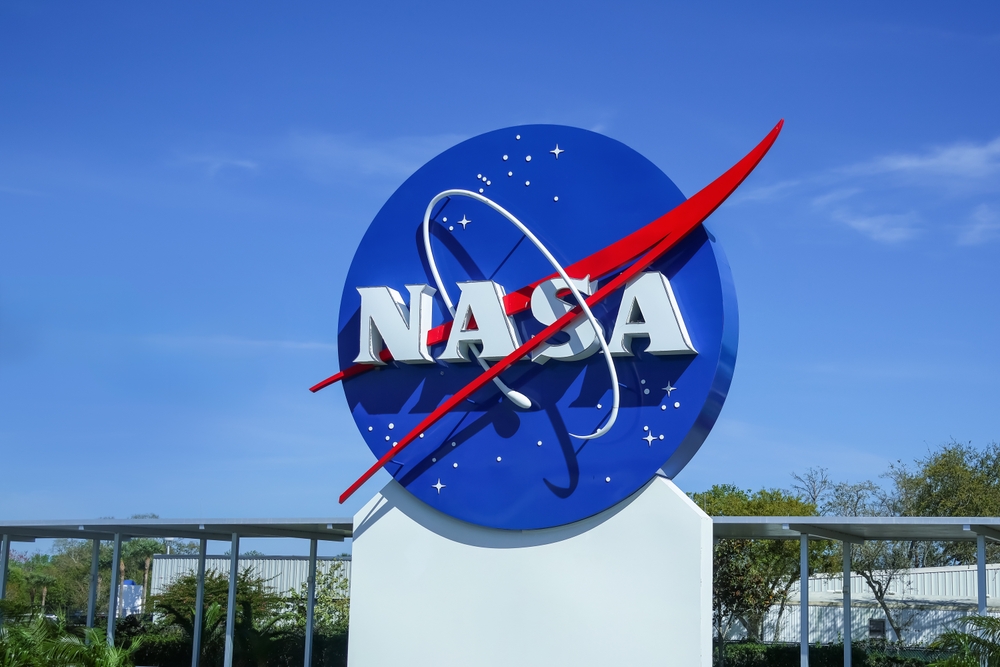In the late 1970s, two unmanned spacecraft, Voyager 1 and Voyager 2, left Earth on a mission unlike any before. Their goal was to explore the outer planets of our solar system and send back data no one had ever seen. It was a bold undertaking, fueled by cutting-edge technology and the rare opportunity of a planetary alignment that wouldn’t occur again for over a century.
At the heart of the mission was Dr. Ed Stone, a physicist chosen to lead the scientific team overseeing Voyager’s discoveries. He expected exciting data and groundbreaking science. What he didn’t expect was the emotional impact of what the spacecraft would reveal.
When the first images arrived from Jupiter, Saturn, and beyond, they didn’t just inform—they stunned. Storms bigger than Earth, moon surfaces scarred by volcanoes, and the haunting stillness of deep space, all appeared in sharp, vivid detail. But one photo, in particular, struck a chord so deep it left even hardened scientists in silent awe.
What Dr. Stone saw on those screens gave him chills. This is the story of the photos that redefined space exploration—and the moment humanity truly saw the universe for the first time.
The First Glimpse of Jupiter Was Surreal
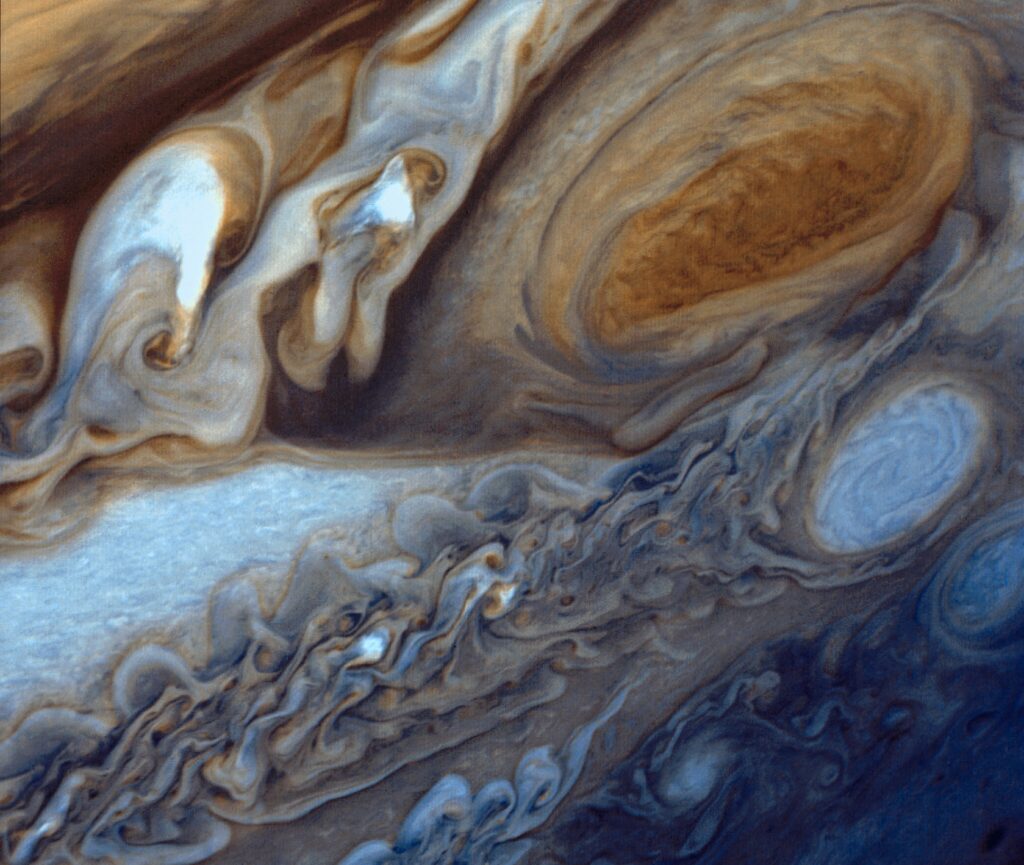
In March 1979, Voyager 1 flew past Jupiter. The giant gas planet was always visible through telescopes, but only as a distant blur. No one had ever seen it up close. When the first high-resolution images appeared on NASA’s monitors, people were stunned.
Instead of a static mass of clouds, Jupiter looked alive. The camera captured vast, swirling storms that seemed to move in real-time. Bright whites, deep oranges, and rust-reds mixed together in chaotic beauty. The atmosphere revealed depth and layering that no telescope on Earth could have picked up.
Perhaps the most famous image from Jupiter was the close-up of the Great Red Spot. Known for centuries, this storm is roughly twice the size of Earth and has been active for at least 300 years. Through Voyager’s eyes, it wasn’t just a circle, it was a swirling beast of motion. The cloud patterns surrounding it danced in rhythm, with lightning storms flickering within.
Dr. Stone later said seeing those images was like “watching a planet breathe.” It wasn’t just a scientific revelation—it was a spiritual one. In those moments, the team knew they weren’t just collecting data. They were making contact with something untouchable but very much alive.
Saturn’s Rings Looked Like Art
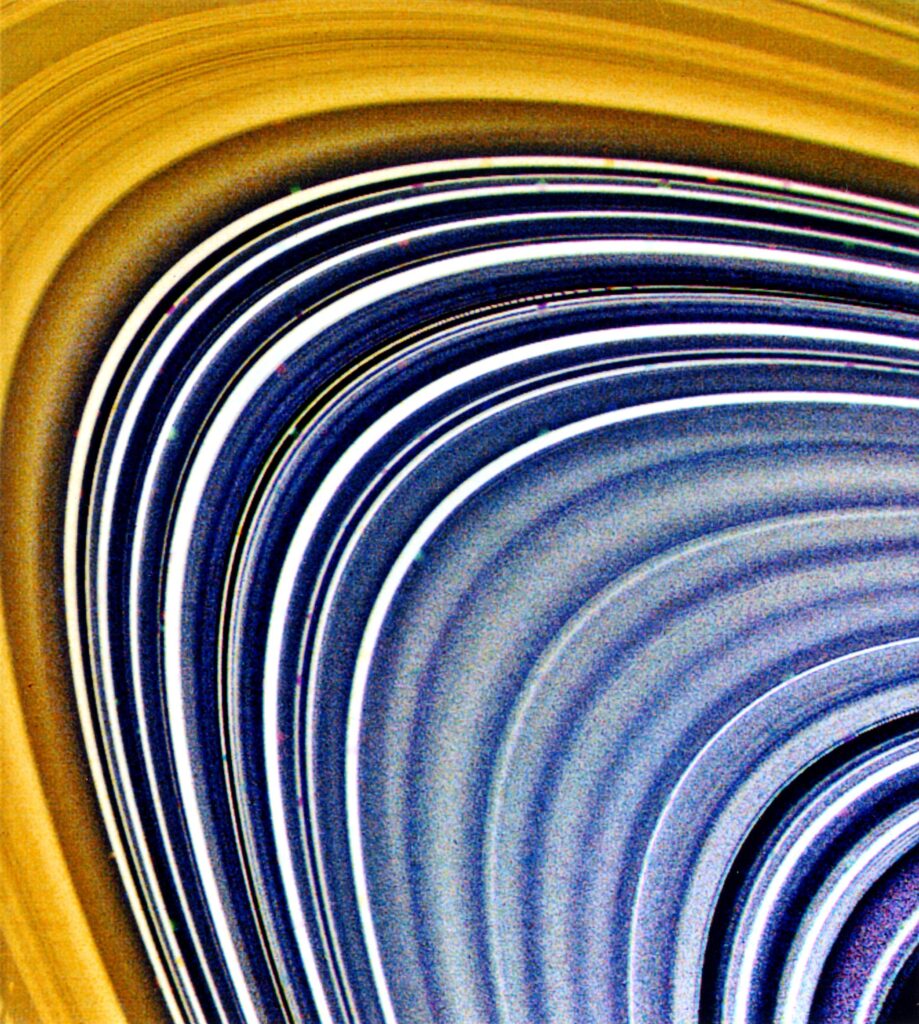
Two years later, Voyager 2 reached Saturn. Most people, including seasoned scientists, thought they already understood Saturn’s rings. Seen from Earth, they appeared as simple bands. Voyager showed something completely different.
Instead of a few flat rings, the camera revealed thousands of narrow ringlets, each with its own texture and movement. Some twisted together like braids. Some were interrupted by dark gaps. Others curved in strange ways scientists had never predicted.
One of the most haunting images was the shadow of the rings falling across Saturn’s golden surface. It looked like the planet was wearing a crown of light and shadow. Another image showed waves within the rings themselves, caused by the gravitational pull of Saturn’s many moons.
Dr. Stone later said he felt humbled. “It was too beautiful to be random,” he recalled. “It felt like the universe was trying to tell us something.” For the Voyager team, Saturn’s rings weren’t just a discovery. They were a revelation in physics, astronomy, and art.
Read More: 32 Real Alien Worlds That Belong in a Sci-Fi Movie
The Moons Were Worlds of Their Own
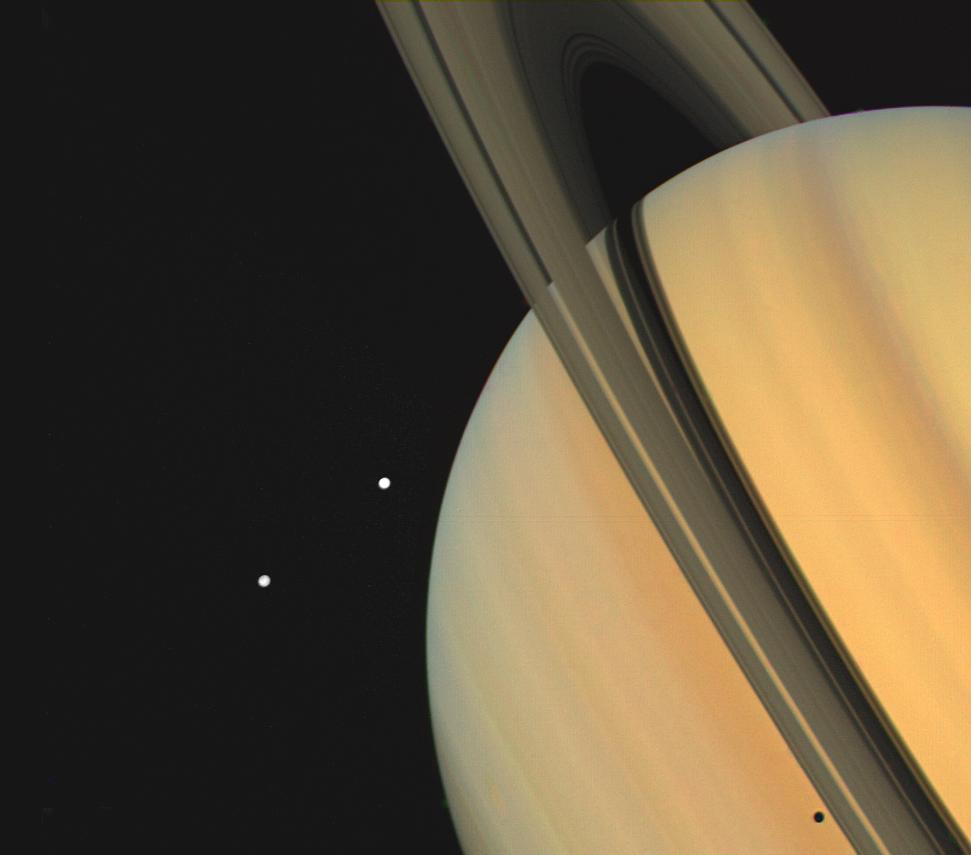
When Voyager turned its camera toward the moons of Jupiter and Saturn, the discoveries were even more unexpected. These weren’t static, lifeless rocks. They were dynamic and mysterious—each with its own personality and surprises.
Jupiter’s moon Io was the first to shock the team. Covered in yellow and orange plains, it had dozens of active volcanoes, spewing sulfur into space. This was the first time active volcanism had been observed beyond Earth. It wasn’t just a scientific breakthrough—it proved that the universe was far more alive than anyone thought.
Europa was another surprise. Its cracked icy shell hinted at a vast ocean beneath. That ocean may still exist today, kept warm by tidal heating. If there’s life elsewhere in the solar system, Europa is one of the best places to find it.
Saturn’s moon Titan had a thick orange atmosphere, denser than Earth’s. Its surface was hidden beneath haze. Another moon, Enceladus, blasted plumes of ice and water vapor from its south pole—evidence of a subsurface ocean as well.
Mimas, with its massive crater, looked so much like the Death Star that it became a pop culture icon. Each moon offered a new mystery. For Dr. Stone and the Voyager team, they weren’t just discovering moons. They were uncovering alien worlds.
The Pale Blue Dot Gave Him Chills
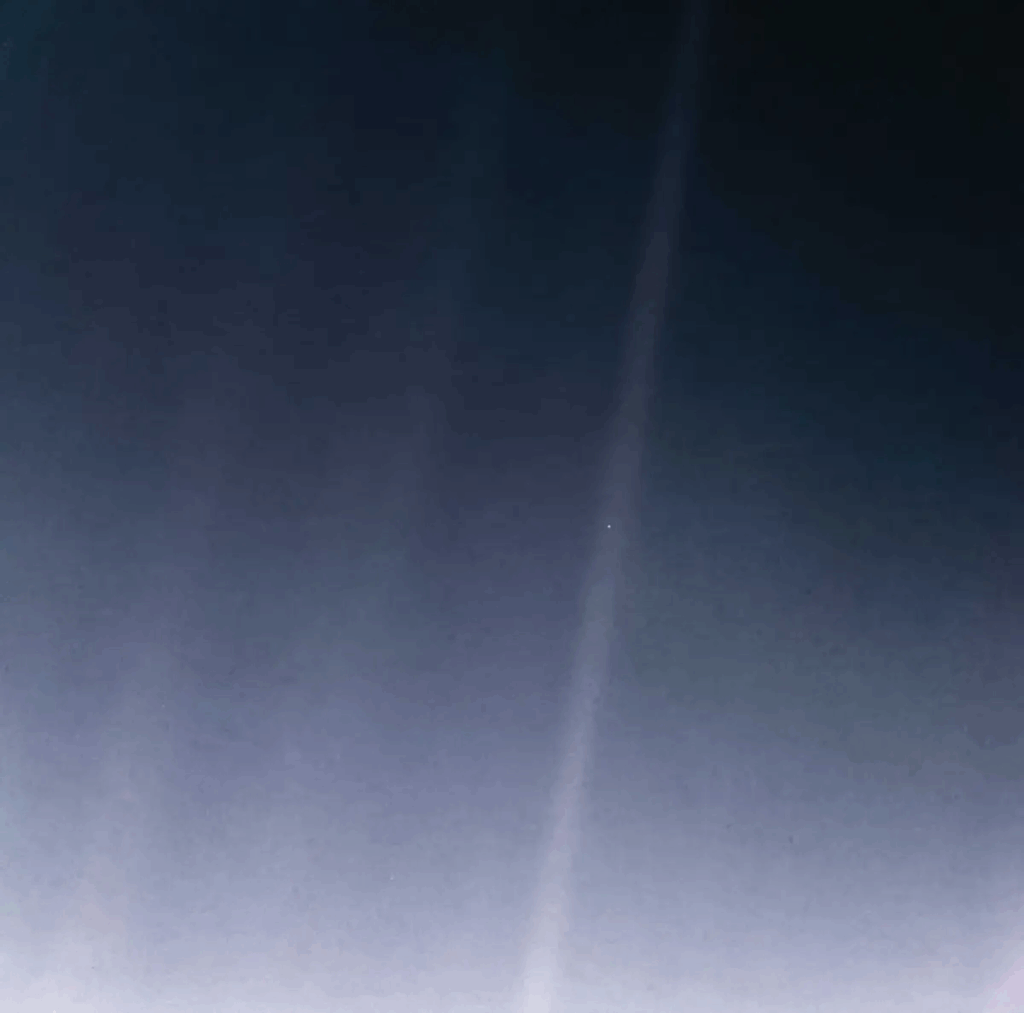
In 1990, Voyager 1 had completed its primary mission. As it drifted farther from Earth, Dr. Carl Sagan proposed one final photograph. He suggested turning the camera back toward Earth, capturing an image of our home from the edge of the solar system.
The result was the now-famous “Pale Blue Dot.” Earth appeared as a single pixel—barely visible, floating in a sunbeam. It was humbling and haunting.
Dr. Stone said the image put everything into perspective. “That little dot contains everything we’ve ever known,” he said. All the wars, the love, the history, the hopes—it all existed on that tiny, fragile sphere.
Sagan later wrote, “Our planet is a lonely speck in the great enveloping cosmic dark.” The photo wasn’t just poetic—it was a turning point. It reminded humanity of its vulnerability, its unity, and the importance of caring for our one home.
Voyager’s Discoveries Didn’t Stop at the Planets
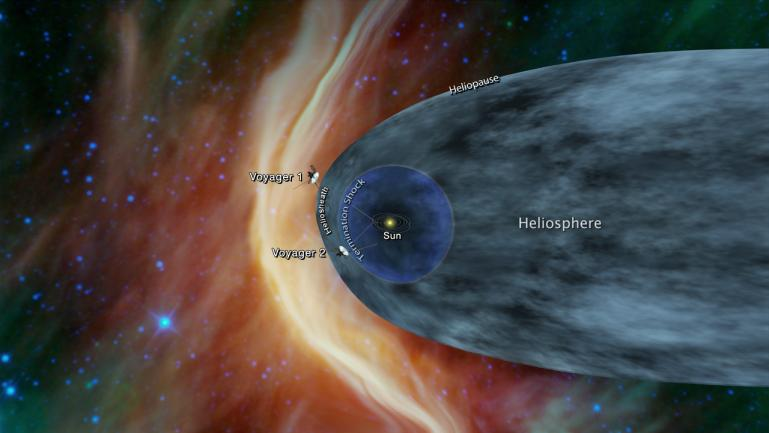
Even after leaving the planets behind, Voyager’s mission wasn’t over. In 2012, Voyager 1 became the first human-made object to enter interstellar space. Voyager 2 followed in 2018. They had crossed the heliopause, the boundary where the sun’s influence ends.
Even now, they send back data. They measure magnetic fields, cosmic rays, and particles that tell us about the space between stars. One of the eeriest things they captured was the sound of interstellar plasma—converted into audio files that sound like a ghostly hum.
Dr. Stone called it “the voice of space itself.” Those signals, faint but clear, proved that the Voyagers were still alive, still moving, still exploring the unknown.
Why the Images Mattered So Much

Voyager’s photos weren’t just about science. They were about emotion, imagination, and human connection. The images sparked global fascination. They appeared in textbooks, documentaries, classrooms, museums, and even album covers.
They helped us understand storms, rings, atmospheres, and geology. But they also helped us understand ourselves. Seeing the planets and moons up close changed how we talk about space—and how we talk about Earth.
For Dr. Stone, the pictures were never just data points. “They were portraits,” he said. “Each one showed us something we never thought we’d see—and something we never knew we needed to feel.”
Final Thoughts
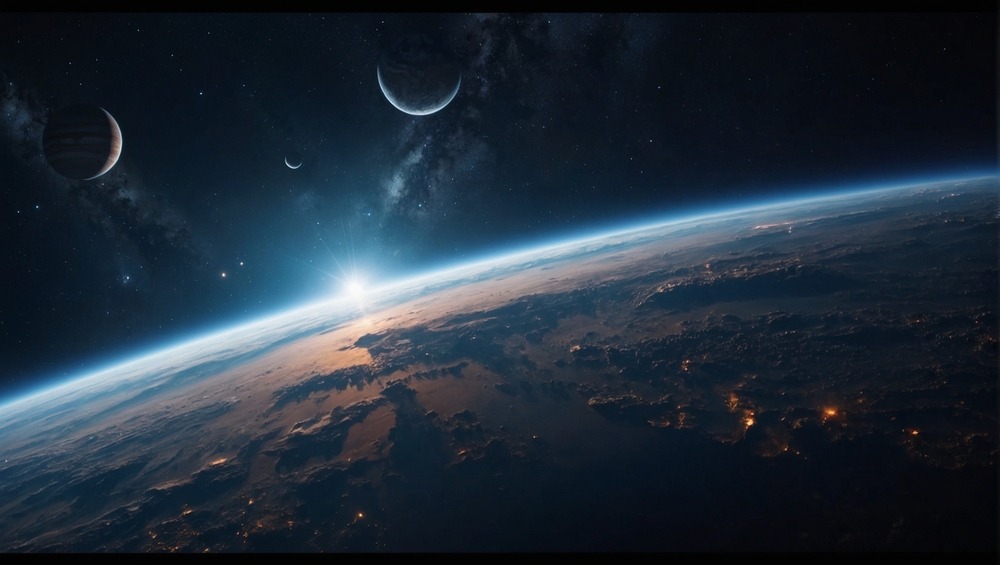
The Voyager mission didn’t just expand our scientific knowledge. It reshaped our perspective of the universe. From the explosive surface of Io to the shadowed rings of Saturn to the lonely Pale Blue Dot, every image challenged what we thought we knew—and made us feel something new.
Dr. Ed Stone spent decades with the Voyager program, guiding it from launch to deep space. He witnessed moments that made history. But even after all that, it was the images—the visual proof of our small place in a massive universe—that stayed with him most.
Voyager keeps going, powered by a tiny nuclear heart, carrying the Golden Record: a message from Earth to whatever or whoever may someday find it.
And as long as it keeps sending signals, we’ll keep listening—because Voyager isn’t just a spacecraft. It’s a piece of humanity, forever drifting into the stars.
Read More: NASA Awards SpaceX an $843 Million Contract to Decommission the International Space Station
